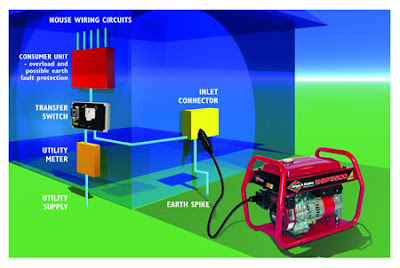Transfer Switch Issues
Transfer switches connect homes and other buildings to a different power supply. Usually this occurs when the public power supply fails, and a transfer switch connects instead to a local generator. This transfer can be manual or automatic, and both methods can encounter problems.
Manual Transfer Switch
The problem with manual transfer switches is that they can mean long power interruptions and unnecessary generator usage. When the power goes out, someone must flip the transfer switch. Sometimes this is a complex process, and the qualified person may be busy or absent. This can also delay reconnection.
Automatic Transfer Switch
Automatic transfer switches (ATS) cannot monitor all necessary conditions. For example an ATS cannot check the generator fuel supply. An ATS also cannot monitor radio announcements for information about the emergency that caused the power outage, and isn't always able to switch from a generator to batteries when needed.
Backfeeding
Backfeeding occurs when a private power supply feeds out to a public utility. This can happen when the transfer switch is thrown too quickly or when there is something wrong with the equipment. Backfeeding can result in not being compensated for produced electricity, a fine from the electric company or damage to your electrical equipment.
Source:http://www.ehow.co.uk/


